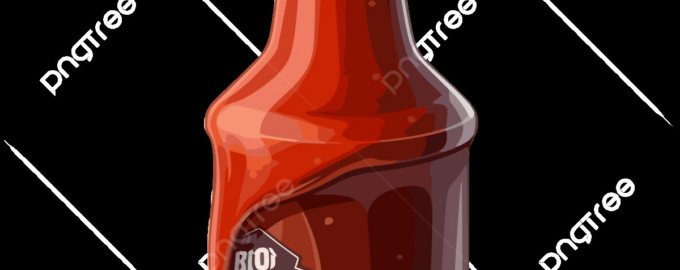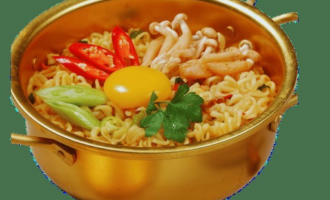MASTERING THE ART OF SAUCE MAKING: A STEP-BY-STEP GUIDE
Sauce making is an essential culinary skill that can elevate any dish, adding depth, flavor, and a touch of elegance. Whether you are a novice cook or a seasoned chef, mastering sauces can transform your cooking. In this comprehensive guide, we will explore various types of sauces, techniques, and tips to help you create delicious sauces from scratch.
UNDERSTANDING SAUCES
Before diving into the art of sauce making, it’s important to understand what sauces are. In culinary terms, a sauce is a liquid or semi-liquid substance served with food to enhance its flavor. Sauces can be classified into several categories:
– Mother Sauces: The foundational sauces from which many others are derived.
– Derived Sauces: Sauces made from mother sauces by adding ingredients.
– Compound Sauces: Sauces created by combining two or more sauces.
– Emulsified Sauces: Sauces that combine fat and water-based liquids.
TYPES OF MOTHER SAUCES
There are five classic mother sauces, each serving as a base for a variety of derived sauces:
– Béchamel: A white sauce made from milk, butter, and flour. It serves as the base for sauces like Mornay and cheese sauce.
– Velouté: A light stock-based sauce thickened with a roux. It can be used to create sauces like Allemande and Suprême.
– Espagnole: A rich brown sauce made from brown stock, mirepoix, and tomatoes. It’s the base for sauces like Bordelaise and Chasseur.
– Tomato Sauce: A sauce made from tomatoes, vegetables, and seasonings, serving as the base for marinara and puttanesca.
– Hollandaise: An emulsified sauce made from egg yolks, butter, and lemon juice, which is the foundation for Béarnaise sauce.
ESSENTIAL TECHNIQUES IN SAUCE MAKING
To master sauce making, it’s crucial to understand some fundamental techniques:
1. ROUX PREPARATION
A roux is a mixture of fat (usually butter) and flour that serves as a thickening agent. To make a roux:
– Heat equal parts of butter and flour in a saucepan over medium heat.
– Stir constantly until the mixture turns a light golden color for a white roux, or darker for a brown roux.
2. DEGLAZING
Deglazing involves adding liquid (such as wine or stock) to a hot pan to loosen and dissolve the browned bits left from cooking meat or vegetables. This adds depth to your sauce. To deglaze:
– Add the liquid to the hot pan.
– Scrape up the brown bits with a wooden spoon.
– Reduce the liquid to concentrate the flavors.
3. EMULSIFICATION

Emulsification is the process of combining two liquids that typically do not mix, such as oil and vinegar. To create an emulsion:
– Slowly add one liquid to another while whisking vigorously.
– Continue whisking until the mixture thickens and holds together.
A STEP-BY-STEP GUIDE TO MAKING A BASIC BÉCHAMEL SAUCE
Now that you understand the fundamentals, let’s walk through the process of making a basic béchamel sauce:
INGREDIENTS:
– 2 tablespoons butter
– 2 tablespoons all-purpose flour
– 2 cups milk
– Salt and pepper to taste
– A pinch of nutmeg (optional)
INSTRUCTIONS:
– Make the Roux: In a saucepan, melt the butter over medium heat. Add the flour and whisk continuously for about 2 minutes until it forms a smooth paste.
– Add the Milk: Gradually pour in the milk while whisking to prevent lumps. Continue to whisk until the mixture is smooth.
– Thicken the Sauce: Cook the mixture over medium heat, stirring constantly, until it thickens and coats the back of a spoon (about 5-7 minutes).
– Season: Add salt, pepper, and nutmeg to taste. Remove from heat.
TIPS FOR SUCCESSFUL SAUCE MAKING
– Quality Ingredients: Always use fresh, high-quality ingredients for the best flavor.
– Patience is Key: Take your time when making sauces; rushing can lead to mistakes.
– Taste as You Go: Adjust seasonings throughout the cooking process for the best results.
– Practice Makes Perfect: Don’t be discouraged by initial failures; practice is essential in mastering sauce making.
CONCLUSION
Mastering the art of sauce making can significantly enhance your culinary skills and elevate your dishes. By understanding the different types of sauces, techniques, and practicing regularly, you can become a confident sauce maker. So grab your ingredients, follow this guide, and start experimenting with your own unique sauces today!






